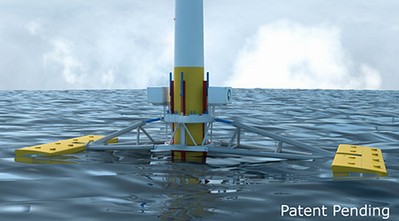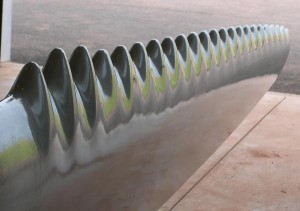PG&E Inches Toward Solar
February 25, 2009 Leave a Comment
Pacific Gas and Electric announced plans yesterday to invest in new solar plants — some of which it would own outright and some of which would be owned by other companies which would sell the electricity to PG&E. Typically, public utilities like PG&E do not own their own power sources; they purchase it and are responsible for the distribution, so this represents a change in the business model, apparently in response to the world-wide economic crisis which has halted bank lending to companies in the alternative energy production business.
The utility announced plans Tuesday for a five-year program to build enough solar projects throughout its territory to generate as much as 500 megawatts of electricity, roughly the same output as a mid-size fossil fuel power plant. Using money from a proposed increase in electricity bills, PG&E would own half of those plants and buy power from the rest.
Though this, when complete, will only provide 1.3% of the energy demand for PG&E it’s at least a step forward.


Recent Comments